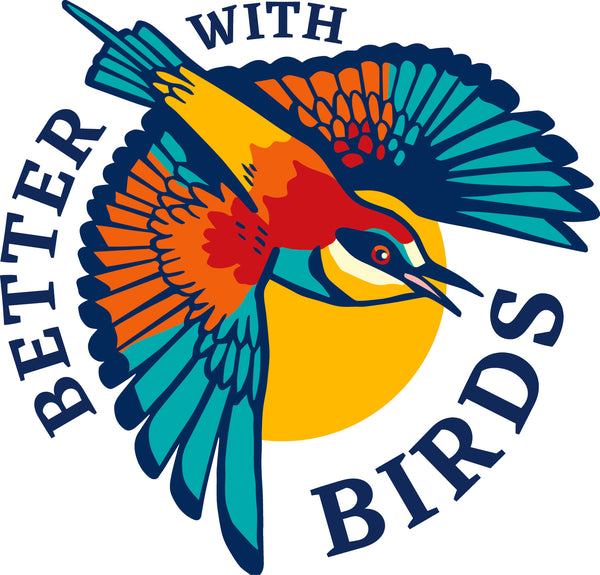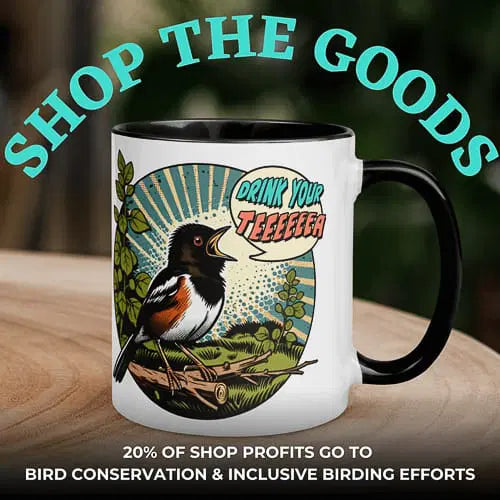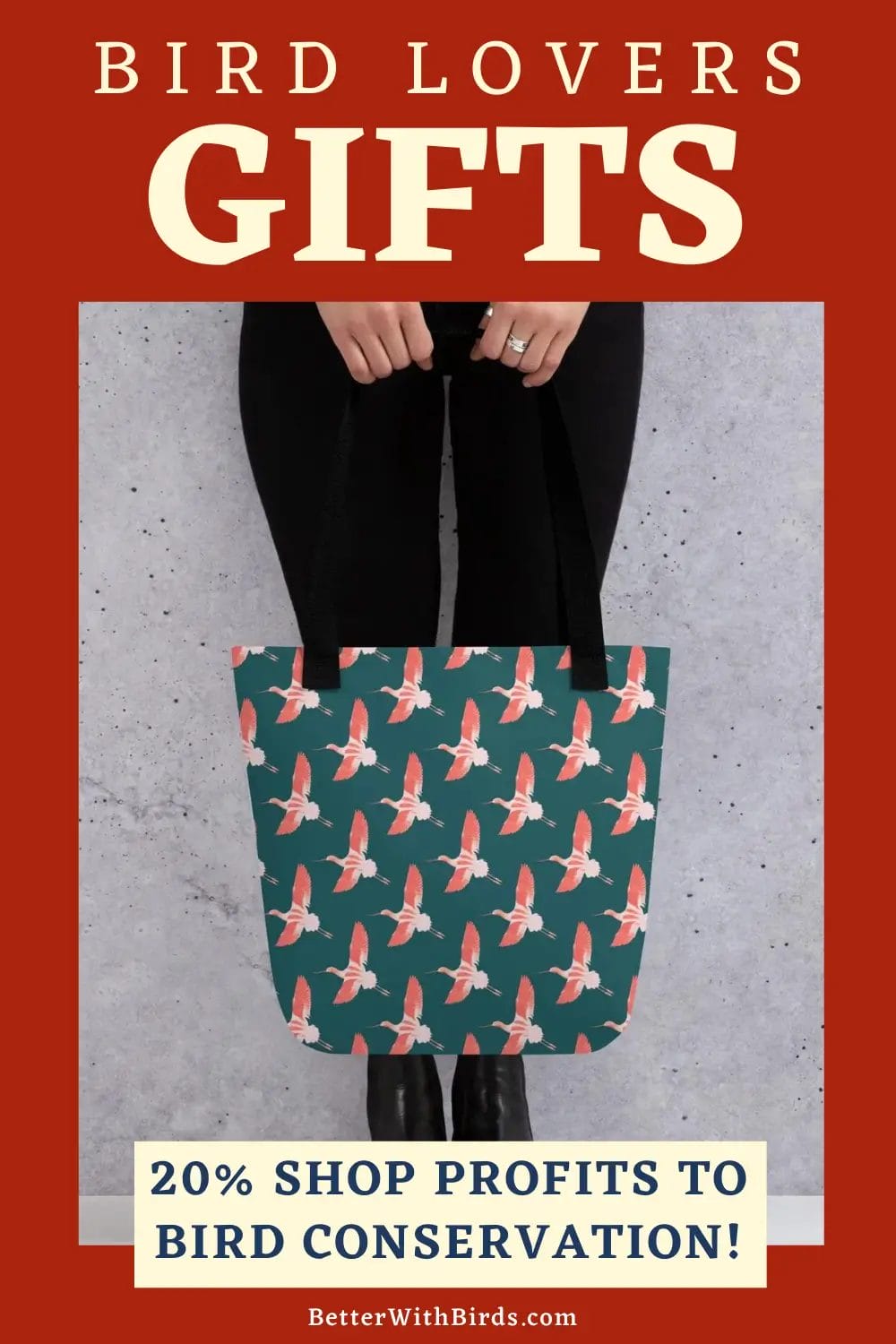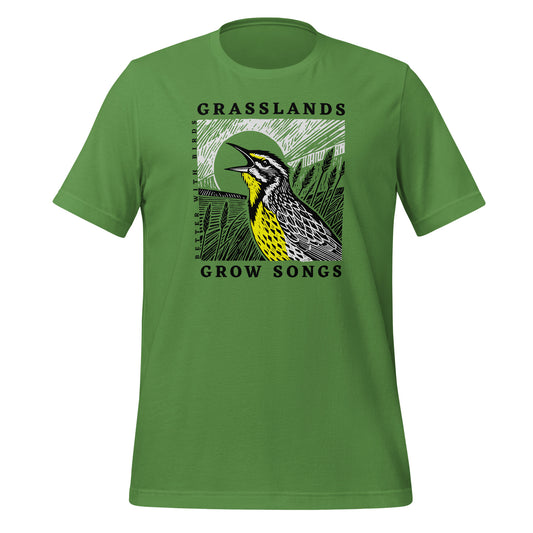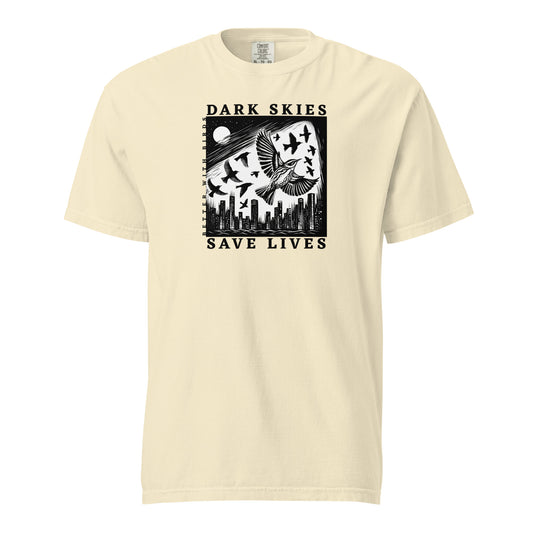Winter Gardening Ideas to Support Local Birds Year-Round
Feature photo by Ondrej Prosicky/Shutterstock
Read Time: 7 minutes
Backyard Birding , Bird-Friendly Yards

This post contains affiliate links. If you use these links to buy something, we may earn a commission at no additional cost to you. We only recommend products we fully support or use ourselves. Our full disclaimer
PIN THIS FOR LATER
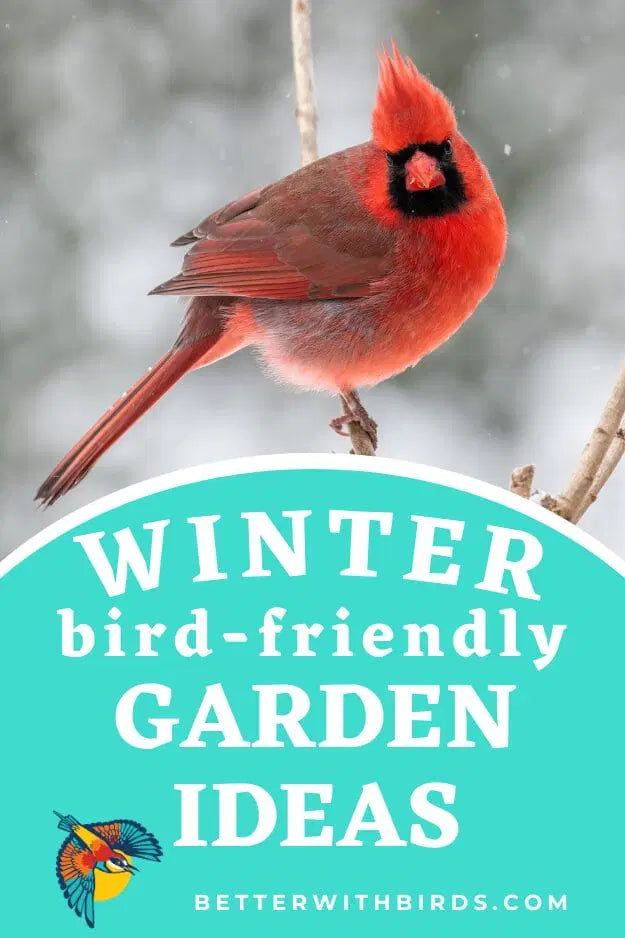
Ah, winter. The season of hot cocoa, questionable holiday sweaters, and the eternal struggle to remember where you stashed your gloves. While we humans are hibernating indoors, the local bird population is out there braving the elements where the food gets scarce and warm shelter is tough to come by.
But, with some strategic winter gardening, you can help! Transform your yard into a haven for local birds during the cold months by selecting the right native trees and plants and providing the essential food, water, and shelter birds need to make it through the season.
This guide will walk you through how to create a bird-friendly winter landscape that’ll let birds know that your place is open all year.

Photo: Andrew Fletcher / Shutterstock

Find the perfect notebook for your birding adventures, garden plans, to-do lists, or writing down that crazy dream you had about the magpies...
Why Winter Gardening for Birds?
Birds are crucial to local ecosystems. They keep pest populations in check, pollinate plants, and, selfishly, provide us with the joy of birdwatching. When winter rolls around, though, natural food sources dwindle and birds face a real survival challenge.
By tailoring your garden to support them, you’re not just helping the local bird gang – you’re contributing to a more balanced, thriving ecosystem.
But wait – can’t birds just migrate somewhere warmer?
Sure, some do. But plenty of species stick around through the frosty months, toughing it out like absolute champs.
Chickadees, cardinals, nuthatches, and woodpeckers are common winter residents in many regions.
Others, like dark-eyed juncos, may actually migrate to your area in winter from colder places. They’re counting on finding food and shelter when they arrive, and that’s where you come in.
The ripple effect of a bird-friendly yard.
Supporting winter birds doesn’t just help them – it benefits your entire garden come spring. Birds eat pests, spread seeds, and even help pollinate early blooming flowers.
A thriving bird population means fewer garden intruders and healthier plants year-round.
Attracting birds with specific plants.
To make your garden a haven for winter birds who call your region home, plant native landscaping that provides essential food, shelter, and nesting materials for your local bird population.
By incorporating these plants, you can help support local wildlife and ensure that birds have the resources they need to survive.

Photo: JSvideos / Shutterstock
How to Get Started
By embracing native plants, skipping heavy yard cleanup, and adding supplemental feeders, water, and shelter, you can build a thriving bird haven. Watching birds flit through the snow is a reward unto itself – a living reminder that even the smallest efforts can have a big impact.
Follow these tips to make your yard a welcoming spot for local birds.
1. Keep Your Plants Local!
Not all greenery is created equal. A native plant garden is the all-star of winter bird gardening.
Why? Native plants have spent centuries adapting to the local climate, making them hardy, reliable, and packed with the kinds of berries, seeds, and shelter local birds rely on.
This type of garden not only provides essential food and shelter for birds during winter but also contributes to the health of the local ecosystem.
Why native plants trump exotics every time. Exotic plants may look flashy, but they often lack the nutrients or seed structures that local birds rely on. Worse, some non-native’s can become invasive and outcompete native plants, further reducing available food.
- Research Your Region’s Native Plants. A quick search for “native plants for (your area)” will yield a goldmine of info. Many states and regions have native plant societies or university extension programs that provide lists tailored to local wildlife. Organizations like the Audubon Society also offer native plant guides searchable by zip code.
- Focus on Variety. Different birds prefer different snacks. Some love berries (hello, robins), while others go for seeds or insects hidden in plant stalks. By incorporating a mix of shrubs, trees, grasses, and flowering perennials, you create a year-round buffet that changes with the seasons. Plus, different plant species provide not only essential food sources, but also a variety of shelter and nesting materials.
- Think in Layers. Different types of birds use different parts of your yard. Ground-feeders like sparrows forage in leaf litter, while finches and warblers prefer mid-level shrubs. Woodpeckers and nuthatches hang out in taller trees. Aim to create a garden with multiple layers – ground cover, shrubs, and trees – to provide shelter and food for any bird who decides to stop by.

From cute shirts to fun crafts, find your favorites and show off your love of these tiny but mighty birds!
2. The Art of Lazy Gardening
If you needed an excuse to avoid yard cleanup, congratulations – this is it. Birds thrive in the messiness of winter landscapes. So, looks like being a bum about yard work actually supports backyard birds. The more you know, right?
- Leave the Leaves. Fallen leaves harbor insects and provide insulation. Ground-feeding birds (like sparrows and towhees) will root around for snacks. Plus, leaves create natural mulch that benefits soil health.
- Don’t Deadhead Everything. Seed heads from coneflowers, grasses, and sunflowers provide food throughout the winter. Skip the fall cleanup and let nature take over.
- Brush Piles = Bird Hotels. Got some fallen branches? Pile them up. They create instant cover for small birds trying to dodge predators. This messy corner of your yard can be the difference between life and death during a harsh winter.


Photo: Bachkova Natalia / Shutterstock
3. Bird Vending Machines (AKA Bird Feeders)
While native plants should be the star of the show, feeders play an key supporting role. A well-stocked bird feeder can provide birds with essential food during harsh winters, ensuring they have the resources they need to survive.
- Seed Variety is Key. Black oil sunflower seeds are the bird equivalent of avocado toast – universally beloved by the cool kids (birds are obviously top tier cool kids). Mix it up with suet, nyjer seed, and peanuts.
- Feeder Placement Matters. Keep feeders near shrubs or trees so birds have a quick escape route from predators.
- Clean Feeders Regularly. A dirty feeder is like a sketchy roadside diner – nobody wants to eat there. Regular cleaning helps prevent the spread of disease…much like a restaurant’s A rating from the local health department helps prevent the spread of chills and cramping emanating from your gut.
Looking for help picking out a feeder? Here are a few of our fave’s:
-
Kingsyard Bird Feeder
Made with recycled plastic and protected with a rain – and snow – proof roof with space for two suet cakes and 2.5 lbs of seed.
-
DutchCrafters Poly Plastic Bird Feeder
Stock this guy with the best bird seed and you’ll probably end up with a Michelin star restaurant in your own backyard. While the birds love the massive seed capacity and room for suet cakes, we love that it’s made in the USA with quality materials and craftmanship.
-
Squirrel Buster Classic Squirrel-proof Bird Feeder
It’s not that we don’t like squirrels; it’s just that we like birds more – sorry! This feeder is designed for bird beaks and bird beaks alone so you can make sure there’s always a snack ready for new visitors.
-
Bird Feeder Camera
Stay inside where it’s warm while still getting a look at all the birds visiting your yard. There are some excellent options out there, so check out our guide to help you decide which one is best for you.
4. Keep the Tap Dripping
Birds need water, even in winter. Frozen ponds and streams limit their options, making it crucial to support visiting birds with readily available water during these months.
- Keep the Birdbath Warm. While heated birdbath’s are available, a simple winter solution is to add a heater to your existing birdbath. A simple heater can prevent freezing, ensuring birds have access to water no matter how low the temperature drops. There are a ton of options out there, like this affordable 120W option or this 250W pack of two.
- Change Water Frequently. If heaters aren’t an option, replace frozen water regularly. Birds will flock to this reliable resource.


Photo: rumxde / Shutterstock
5. Winter Hideout
When the temperature drops and the wind starts howling, having a safe, warm place to hunker down can mean the difference between surviving and, well… not. Creating a bird habitat with essential resources like shelter helps support birds throughout the year, but especially during winter.
Here are a few ways to make sure your yard offers the winter housing birds rely on:
- Plant Evergreens. Pine, spruce, and cedar are the MVPs of winter shelter. Their dense foliage provides excellent cover from snow, wind, and freezing rain. Birds often tuck themselves into the thick branches to stay warm and hidden from predators. Planting a mix of evergreen and deciduous trees in your yard creates year-round protection that birds will thank you for (probably by eating pests and singing you a nice tune in spring).
- Build Brush Piles. Got some fallen branches lying around? Perfect! Piling them up in a corner of your yard creates an instant shelter that small birds can use to camp out. Brush piles provide critical ground cover, reduce wind chill, and offer hiding spots from predators like neighborhood cats.Layer the pile loosely, and mix in dried grasses or twigs to create small pockets where birds can tuck themselves in.
-
Install Roost Boxes. Roost boxes are a winter lifesaver for birds, providing much-needed shelter from freezing temperatures and harsh weather. Unlike regular nest boxes, roost boxes are designed specifically for warmth, often featuring thicker walls, smaller entrances to retain heat, and multiple perches inside so birds can huddle together. If you’re looking for some help choosing the right bird ADU for you, check out this Cedar Winter Roosting Box with its simple design and sturdy build.
Install boxes facing away from prevailing winds and where they’ll receive some sun during the day to help warm them up. Position them about 6 to 10 feet off the ground, ideally near trees or shrubs.
Also, if you already have birdhouses, give them a good cleaning in late fall to remove old nests or debris.

Supporting Bird Migration
Winter gardening doesn’t just help local birds tough out the cold – it plays a vital role in supporting bird migration and long-term habitat health. Many migratory species either pass through your area in winter or rely on your yard as a temporary home base until warmer weather returns. By creating a bird-friendly garden, you’re offering essential resources that help migratory birds survive their journey, while giving year-round residents the support they need.
The Big Picture – Every Yard Counts
You don’t need a sprawling acreage to make a difference. Even small gardens can become vital habitat patches, offering shelter, food, and water for the birds who stick around during the winter migratory birds navigating long, exhausting journeys.
When combined with neighbors’ efforts or nearby green spaces, your winter garden becomes part of a larger corridor that supports bird populations across regions.
Whether you’re planting a few shrubs or going all-in with native grasses and trees, roosting boxes, and bird feeders that turn your yard into bird hot springs resort, your winter gardening efforts create a ripple effect.
The birds get the resources they need and you get to keep birdwatching all year long.
